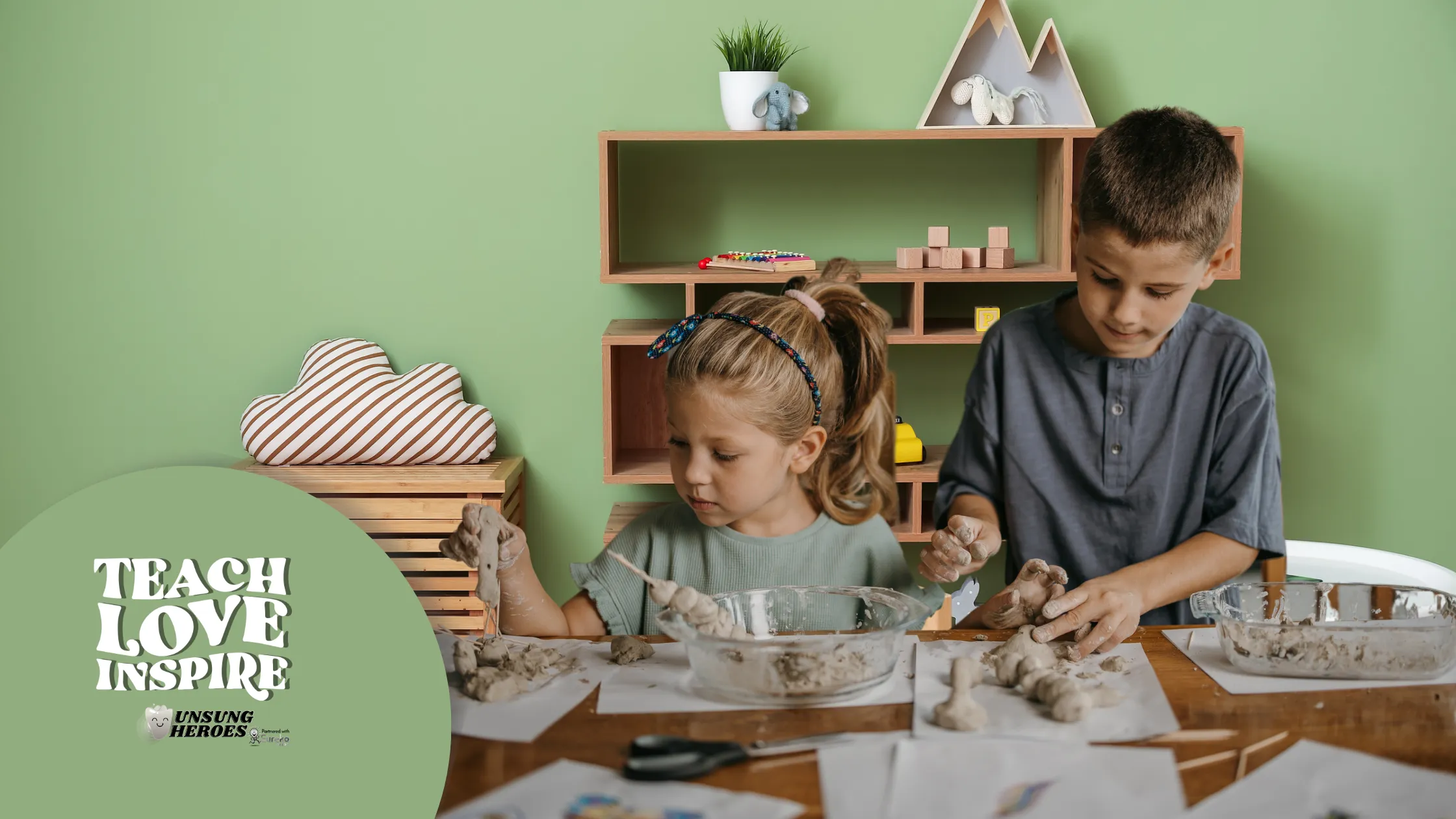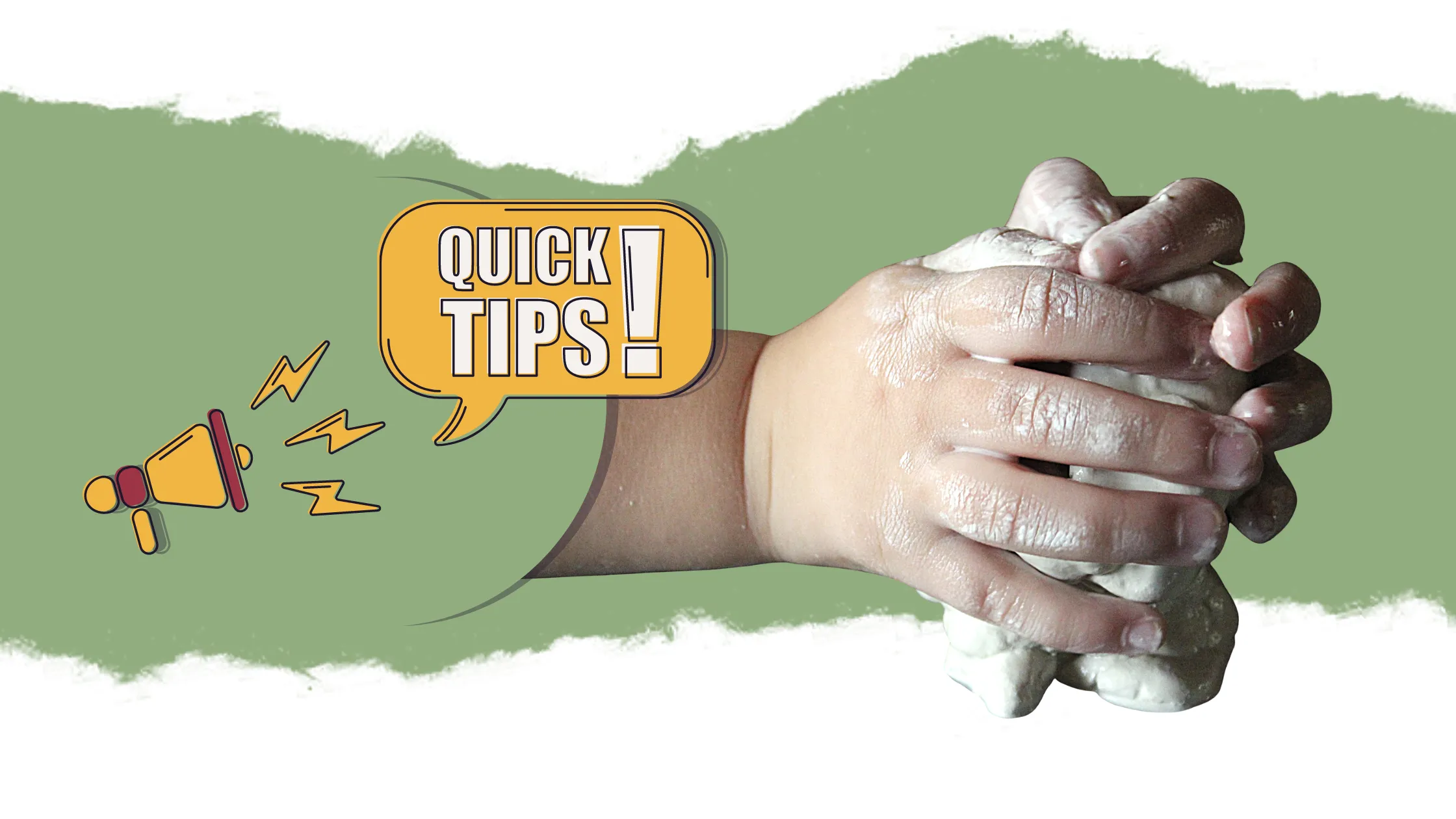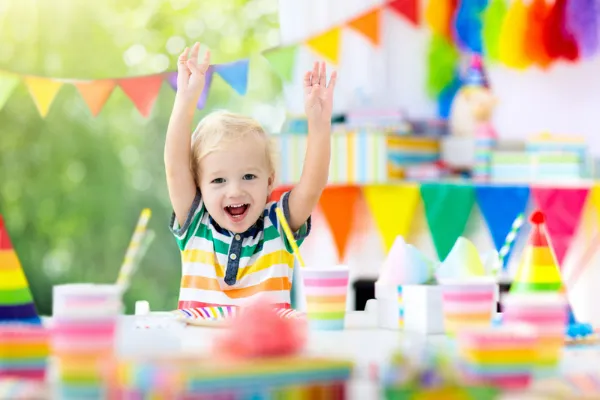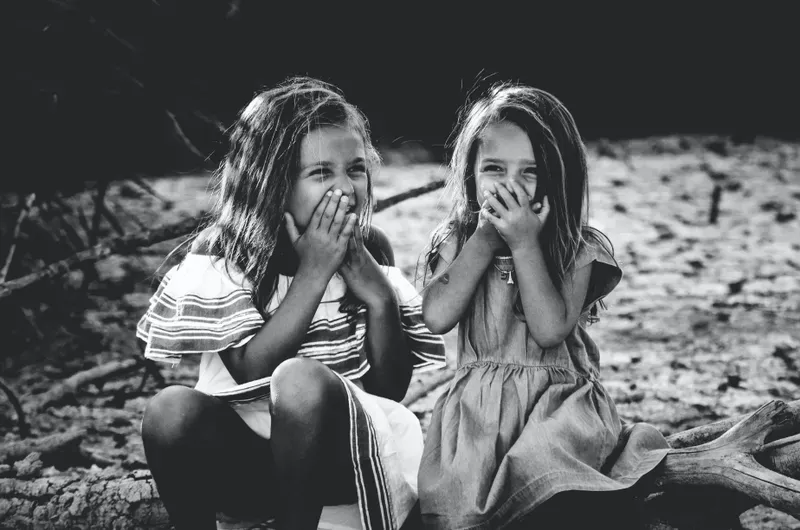Benefits of Using Clay in Early Childhood Education
by Wai-Ling Ho
Clay is a versatile and age-old material that has been used for artistic, therapeutic, and educational purposes for centuries. Clay is a natural resource that provides children with many opportunities to be creative and expressive. There is no right or wrong way with clay, it is a wonderful medium for developing sensory, cognitive, and social skills. In this article, we will explore the benefits of using clay in early childhood education and how it can help children develop essential skills.
The Benefits of Using Clay in Early Childhood Education
Developing Fine Motor Skills:
Clay provides an excellent opportunity for children to develop and refine their fine motor skills. The malleable texture of clay allows children to practice their hand-eye coordination, grip strength, and finger dexterity. As children manipulate and shape the clay by rolling, squeezing, pinching, patting, pounding and poking they are also developing their finger and hand muscles, which are essential for tasks such as writing, drawing, and using utensils.
Enhancing Sensory Development:
Clay is a tactile material that engages multiple senses, including touch, sight, and smell. As children manipulate the clay, they are developing their sensory processing skills and gaining a better understanding of the world around them. Sensory play also helps children regulate their emotions and improves their ability to focus and concentrate. Clay has a different texture, consistency and smell compared to playdough and that means that children have a unique experience when working with clay.
Stimulating Creativity and Imagination:
Clay is an open-ended material that allows children to express their creativity and imagination freely. It provides a blank canvas for children to explore and experiment with shapes, textures, and forms. This is done through manipulating the clay (rolling, cutting, making 2 dimensional and 3 dimensional shapes). As children work with clay, they are also developing their spatial reasoning skills, which are essential for understanding mathematical concepts later in life.
Promoting Social and Emotional Development:
Clay provides an opportunity for children to engage in social and emotional learning. As children work together on projects, they learn to communicate, collaborate, and problem-solve with their peers. Children practice turn-taking and engage in active listening. Clay also provides a safe and non-judgmental space for children to express their emotions and feelings in different ways.
Improving Language and Communication Skills:
Clay provides a platform for children to engage in language and communication development. As children work with clay, they are learning new vocabulary words and descriptive language.
Fostering Problem-Solving and Critical Thinking Skills:
Clay provides an opportunity for children to engage in problem-solving and critical thinking skills. As children work with clay, they are experimenting with different shapes and textures, which requires them to think creatively and analytically. Clay also provides an opportunity for children to practice trial and error and cause and effect. This is the transforming schema- when things change in substance or appearance.
Encouraging Mindfulness and Stress Relief:
Clay provides an opportunity for children to engage in mindfulness and stress relief. As children work with clay, they can enter a meditative state that can be calming and therapeutic. Clay also provides an opportunity for children to engage in stress-relieving activities, such as squeezing and squishing the clay.
Tips for Using Clay in Early Childhood Education
Choosing the Right Type of Clay
When selecting clay for early childhood education, it is important to choose a clay that is safe, non-toxic, and easy to work with. Air-dry clay is an excellent choice for young children as it does not require firing in a kiln and can be easily molded and shaped. Clay can be bought from any art shop, potters supply. You could ask an art school near you for any unused clay.
Storing Clay
Clay dries easily so it is important to keep it moist and covered when not in use. You can cover the clay with a damp cloth and store it in a plastic bag in an airtight container, this container can be glass or plastic. If the clay has become really hard, break it up with a hammer and soak it in a bucket of water. Drain off the excess water once the clay has softened. Let the clay dry to a manageable consistency on a cloth before using it again. Clay is very forgiving, and it is great that it can be reused and recycled. Children will thoroughly enjoy the process of breaking up and re-wetting dry clay.
Providing a prepared space
When working with clay, it is important to provide a prepared space for children that is spacious where children can spend uninterrupted time exploring and creating. Take time to cover work surfaces with plastic or hessian. You can also cover some smaller boards with hessian this stops the clay from sticking. Have some aprons or larger shirts that children can wear over their clothes as clay leaves some residue. Ensure there is a bucket of water nearby for children to wash their hands thoroughly after working with the clay.
Ideas for equipment
You can provide damp sponges/clothes in a small bowel to help keep the clay moist. Tools for the clay: toggle clay cutters; rollers; needle and loop tools; fettling knives and potter ribs. Natural (leaves, seeds, acorns, sticks) and collage materials for decoration. Different pieces of hard shaped card to be used in their designs or to keep their creations.
Incorporating Clay into your Curriculum
Clay can be incorporated into your curriculum every day. Regular access to clay builds children's confidence in using the medium, to build their knowledge, verbalise their thoughts and add detail to their work. Teachers can use clay to teach pre-numeracy concepts such as measurement, geometry, and symmetry, or to explore science concepts such as the properties of matter. Clay can also be used to explore social studies concepts such as culture and traditions, or to teach language arts concepts such as descriptive language and storytelling.
Encouraging Experimentation and Exploration
When working with clay, it is important to encourage experimentation and exploration. Children should be encouraged to experiment with different shapes, textures, and colors, and to explore the possibilities of the material. This can be done through open-ended play where children can poke and shape the clay, or through structured projects that allow for creative exploration.
Conclusion
In conclusion, using clay in early childhood education can have a wide range of benefits for children. It can help children develop essential skills such as fine motor skills, sensory processing, creativity, social and emotional skills, language and communication skills, and problem-solving and critical thinking skills. By incorporating clay into your everyday environment for children to explore and experiment with the material, teachers can help children develop a love of creativity that will serve them well throughout their lives.
FAQs
Is clay safe for young children to use?
🟡Yes, as long as the clay is non-toxic. You can get natural clay too.
Does there have to be an end product or creation made?
🟡No, working with clay is all about the experience and process. Having an end product or creation is not always the outcome. It's about allowing children to explore freely without any end goal or judgement.
Can clay help children with additional needs?
🟡Yes, clay can be an excellent tool for sensory integration and can help children with a wide range of additional needs.
Can clay be used to teach numeracy and science concepts?
🟡Yes, clay can be used to teach a wide range of numeracy and science concepts, including measurement, geometry, and the properties of matter.
Can group projects with clay help children develop social and emotional skills?
🟡Yes, group projects with clay can help children develop social and emotional skills such as communication, collaboration, and teamwork.



